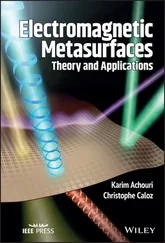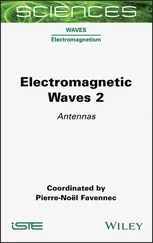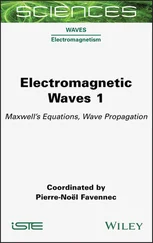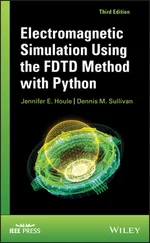Electromagnetic Vortices
Здесь есть возможность читать онлайн «Electromagnetic Vortices» — ознакомительный отрывок электронной книги совершенно бесплатно, а после прочтения отрывка купить полную версию. В некоторых случаях можно слушать аудио, скачать через торрент в формате fb2 и присутствует краткое содержание. Жанр: unrecognised, на английском языке. Описание произведения, (предисловие) а так же отзывы посетителей доступны на портале библиотеки ЛибКат.
- Название:Electromagnetic Vortices
- Автор:
- Жанр:
- Год:неизвестен
- ISBN:нет данных
- Рейтинг книги:4 / 5. Голосов: 1
-
Избранное:Добавить в избранное
- Отзывы:
-
Ваша оценка:
Electromagnetic Vortices: краткое содержание, описание и аннотация
Предлагаем к чтению аннотацию, описание, краткое содержание или предисловие (зависит от того, что написал сам автор книги «Electromagnetic Vortices»). Если вы не нашли необходимую информацию о книге — напишите в комментариях, мы постараемся отыскать её.
, a team of distinguished researchers delivers a cutting-edge treatment of the research and development of electromagnetic vortex waves, including their related wave properties and several potentially transformative applications.
The book is divided into three parts. The editors first include resources that describe the generation, sorting, and manipulation of vortex waves, as well as descriptions of interesting wave behavior in the infrared and optical regimes with custom-designed nanostructures. They then discuss the generation, multiplexing, and propagation of vortex waves at the microwave and millimeter-wave frequencies. Finally, the selected contributions discuss several representative practical applications of vortex waves from a system perspective.
With coverage that incorporates demonstration examples from a wide range of related sub-areas, this essential edited volume also offers:
Thorough introductions to the generation of optical vortex beams and transformation optical vortex wave synthesizers Comprehensive explorations of millimeter-wave metasurfaces for high-capacity and broadband generation of vector vortex beams, as well as OAM detection and its observation in second harmonic generations Practical discussions of microwave SPP circuits and coding metasurfaces for vortex beam generation and orbital angular momentum-based structured radio beams and their applications In-depth examinations of OAM multiplexing using microwave circuits for near-field communications and wireless power transmission Perfect for students of wireless communications, antenna/RF design, optical communications, and nanophotonics,
is also an indispensable resource for researchers at large defense contractors and government labs.
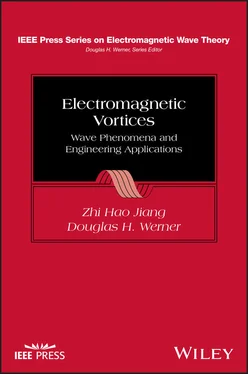








 . Using the integral identity [21, eq. (6.561–5)]:
. Using the integral identity [21, eq. (6.561–5)]:









